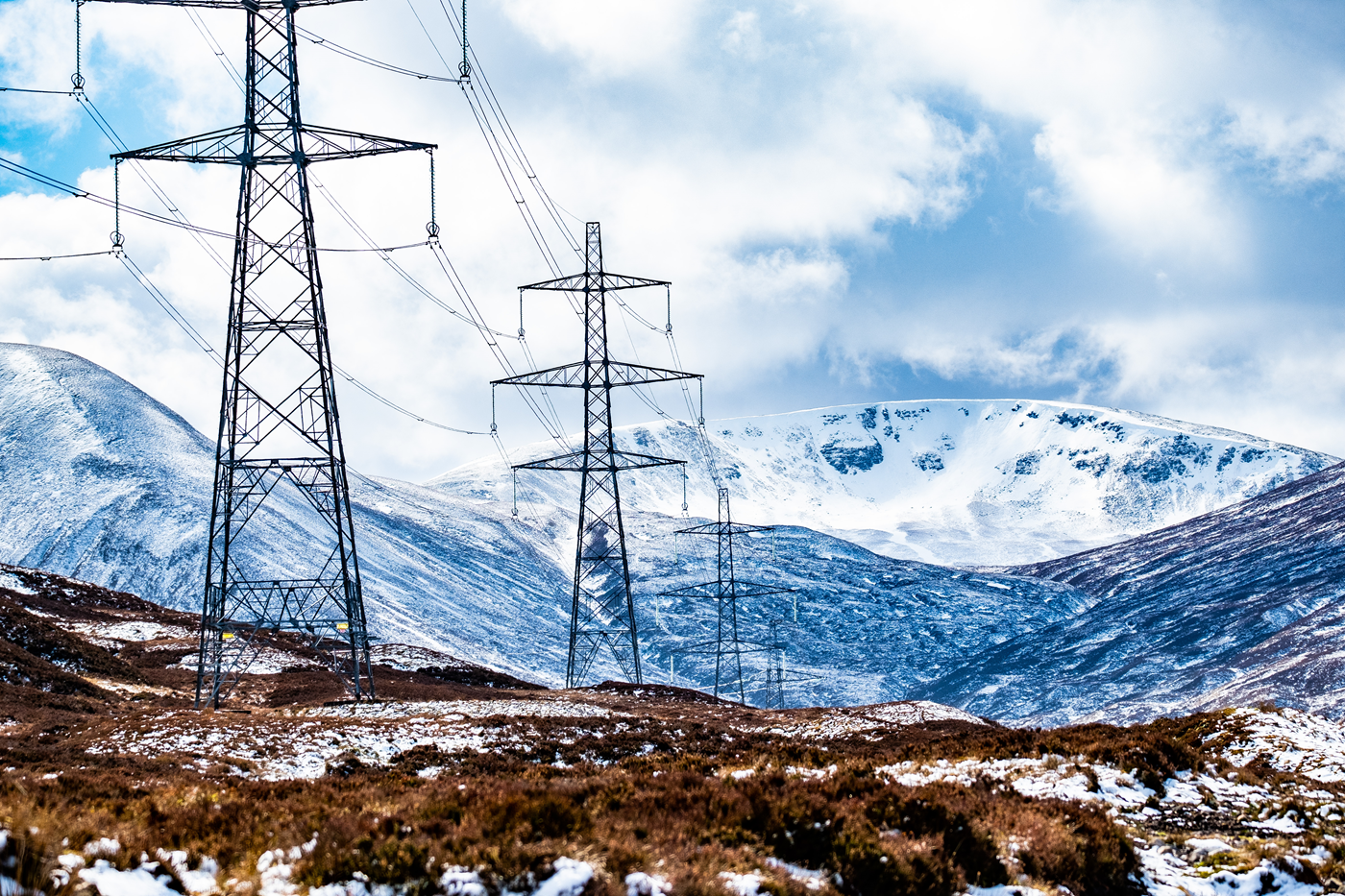Introduction
As a stakeholder-led business, we have sought to understand the implications of market reform that has the potential to impact us and our north of Scotland stakeholders. We feel this is particularly important, given that the north of Scotland is home to some of the UK’s greatest renewable resources, and Scotland’s transmission network has a key role to play in supporting delivery of the UK’s Net Zero targets.

As the Transmission Owner for the north of Scotland we play a key role in system operability, transporting the vast natural resources of the north of Scotland across GB to where energy is needed. We feel strongly that whole system impacts from any changes to economic and market design should be fully acknowledged from a networks perspective. Changes made to market design have the potential to materially impact our future network and future planning, creating uncertainty and potential risk to meeting Net Zero goals.
This webpage pulls together all our research to date in one location. Here you will find any papers, videos, FAQs, news and views, relevant consultation papers and our latest position.
Locational Marginal Pricing
One area of market design gathering significant momentum is the potential implementation of Locational Marginal Pricing (LMP), also known as nodal pricing. Earlier this year National Grid Electricity System Operator (NGESO) concluded their Net Zero Market Reform project, with the final recommendation being that GB should introduce LMP. Following this, Ofgem have initiated work on the first model showing LMP in a GB context, and the Department for Business, Energy & Industrial Strategy (BEIS) are considering the implementation of LMP through their Review of Electricity Market Arrangements (REMA).
Given the increasing spotlight on this area, we sought to understand our stakeholders’ views on LMP which we facilitated through a webinar conducted on the 4th of October 2022. The aim of the webinar was to explain how LMP works, what it might means for north of Scotland electricity wholesale prices, and how LMP has been implemented in international jurisdictions. Our analysis was underpinned by an assessment framework which we applied to international jurisdictions that have fully functioning nodal electricity markets such as New Zealand and Texas. The framework consisted of five assessment pillars: network planning & investment, generation mix, security of supply, market liquidity, and establishment period. From the analysis results we have begun to understand what the potential impact of LMP could be on the north of Scotland.
SSEN Transmission Webinar_ What would Locational Marginal Pricing mean for the north of Scotland_-20221004_100016-Meeting Record from SSEN on Vimeo.
Review of Electricity Markets Arrangements (REMA)
As mentioned above, amongst other market questions, the Department for Business, Energy & Industrial Strategy (BEIS) are considering the implementation of LMP through their Review of Electricity Market Arrangements (REMA). The feedback we received during our webinar provided key evidence in our response to this consultation. Please find our response to this consultation below.
Furthermore, we have also been working hard to understand the core drivers that have led to market reform such as LMP being introduced. Literature and industry engagement has shown us that constraint management and the associated redispatch process via the Balancing Mechanism (BM) as a result of inadequate levels of transmission capacity has been a large driver. As a result, we have commissioned analysis with Lane Clark & Peacock (LCP) focusing on the issue of excessive constraint costs as a result of a lack of transmission capacity. This analysis supported our REMA response, which you can find below. Further information regarding the analysis will be available soon.
-
SSEN Transmission - LMP Webinar - Stakeholder feedback Report Final v1 (002).pdf
- Type:
- Date:
- 11 November 2022
- Size:
- 1.1 MB
-
SSEN T Response to REMA Consultation.pdf
- Type:
- Date:
- 26 October 2022
- Size:
- 814.9 KB
Energy Hub
The real cost of having insufficient grid
The infrastructure of pipes and wires can be, I admit, a little dull. Although offshore windfarms and subsea cables are both engineering mega-projects, most would acknowledge that the offshore windfarm is the more dramatic.
But our electricity networks are, literally, the pathway to Net Zero emissions. As we connect more renewable power, such as those dramatic offshore windfarms, the grid is essential to take that power onwards to homes and businesses. Without grid, we will hit congestion on our journey to Net Zero. This will result in delays and relying for longer on fossil fuel energy.

